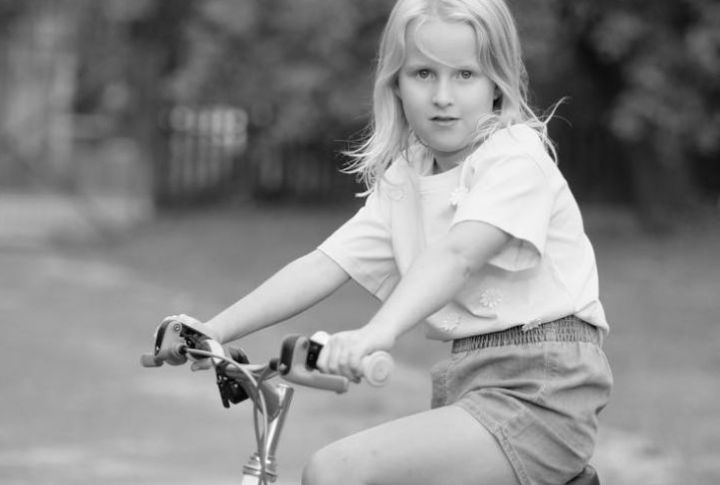
Back when latchkey kids ruled the afternoon and playgrounds had no padding, childhood was a different kind of adventure. The 80s gave kids a level of freedom that feels almost mythical now—raw and unsupervised. In a way, it shaped them. And now that so many of those 80s kids are becoming parents, they can’t fathom letting their children do the same.
Riding Bikes Without Helmets
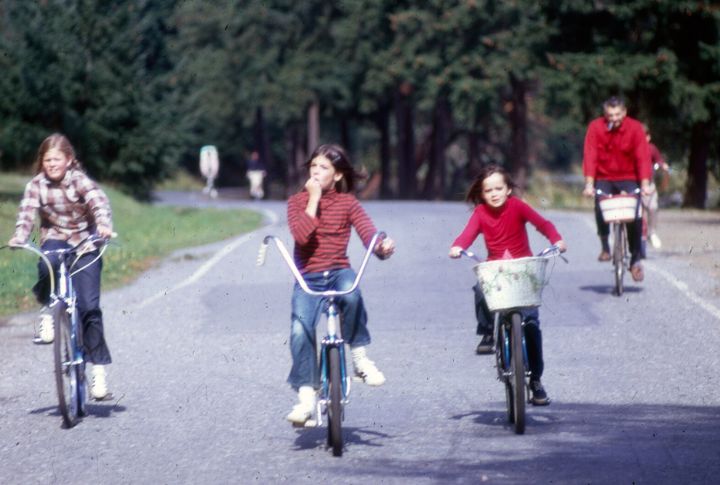
Children in the 1980s enjoyed cycling adventures throughout their neighborhoods without any safety gear. Helmets remained optional, with most choosing to forgo them, and experiencing unsupervised, free-range cycling that helped them explore their neighborhood on their own.
Playing Outside Until Dark
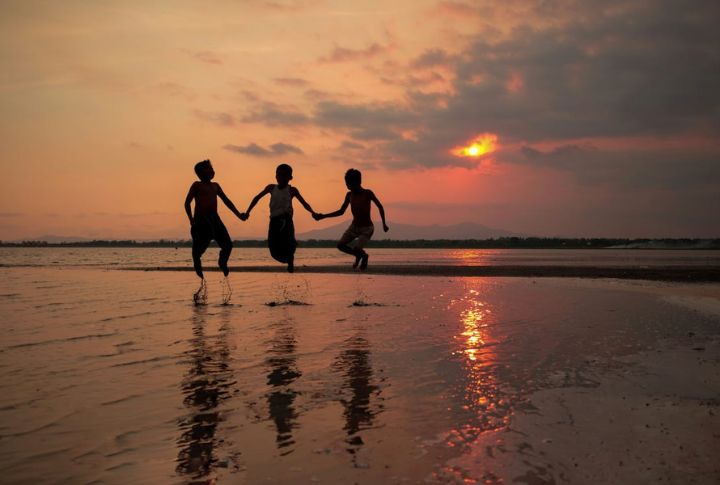
Kids spent hours playing unsupervised, often remaining outside until the streetlights signaled evening. Parents generally trusted the community and their children’s ability to manage their own conflicts and adventures without adult intervention.
Walking To School Alone
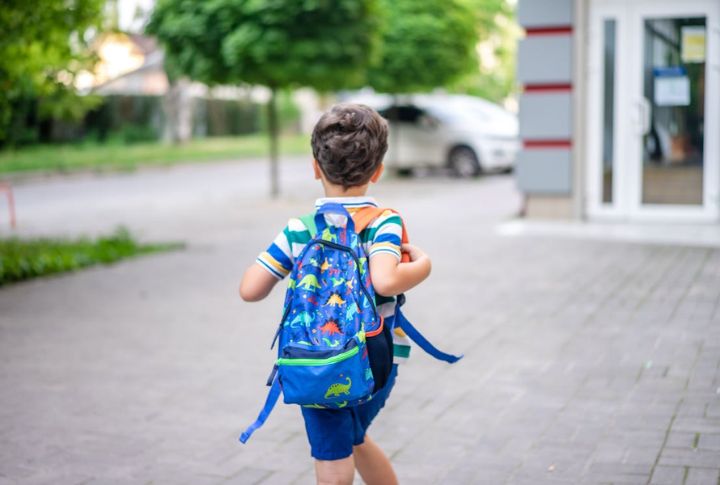
Daily walks to school, over long distances, were standard practice for 1980s children. Those solo journeys transformed young people into self-assured navigators of their local area. Parents permitted their kids to manage the commute independently and learn essential street smarts early.
Climbing Trees And Rooftops
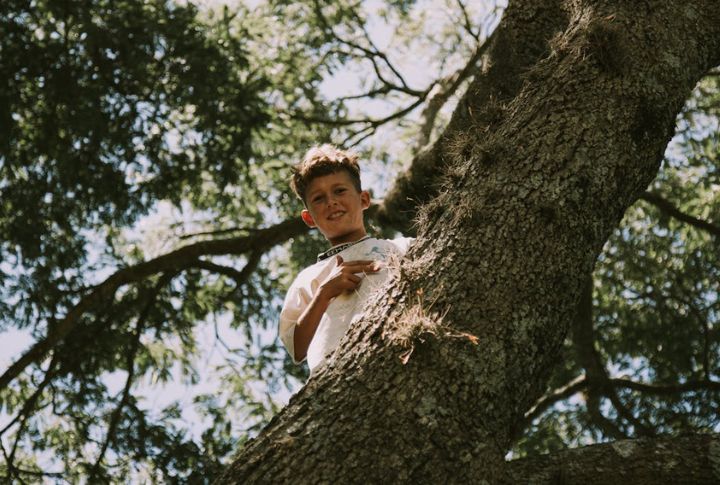
Climbing tall trees and even non-threatening rooftops was a normal part of childhood exploration, as the parents of the era viewed minor physical risks as beneficial for development. This also lets the kids create aerial hideouts and push their boundaries freely.
Riding In The Back Of Pickup Trucks
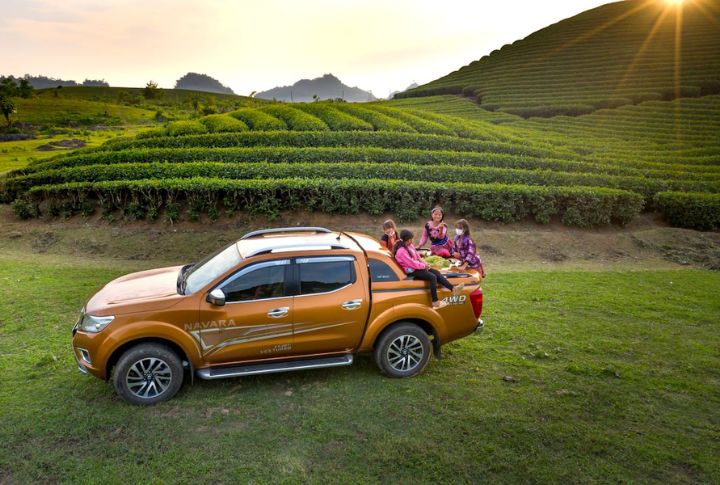
Children commonly rode unrestrained in the open beds of pickup trucks during family outings. There was little emphasis on safety, and parents treated it as a casual, acceptable way to transport groups of kids. Today, the child transport safety standards look vastly different.
Playing “Cops And Robbers” Or “War” With Realistic Toy Guns

Now, everyone wants to go to a paintball field for some violent fun, but back then, kids staged elaborate scenarios using toy guns that usually looked quite realistic. These unsupervised sessions of “Cops and Robbers” or “War” were considered harmless play.
Ignoring Stranger Danger Warnings
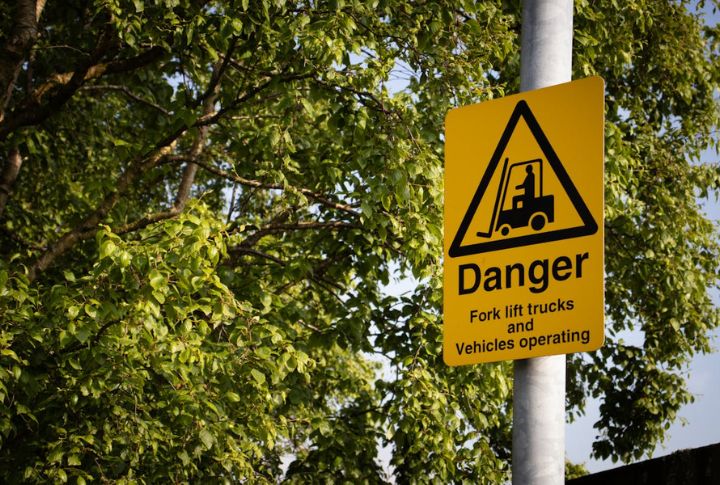
Parents fostered a high level of community trust, often downplaying the intensity of “stranger danger” warnings. Children used to chat openly with unfamiliar adults in the neighborhood and generally roam freely. A culture of politeness took priority over constant, intense caution and wariness.
Riding In Cars Without Seat Belts
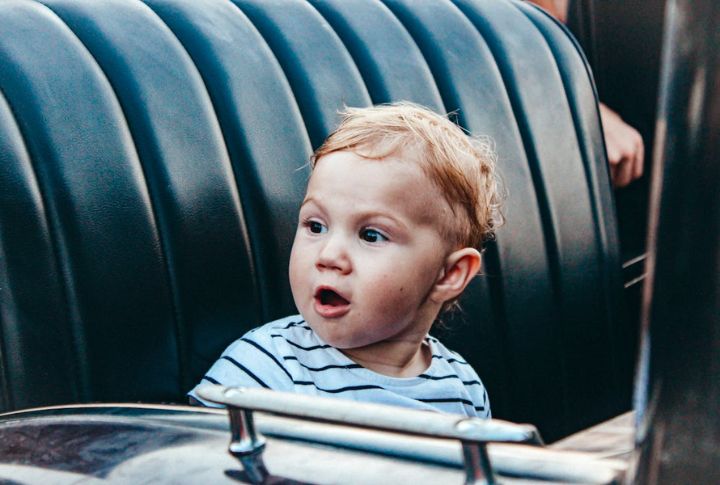
Seat belt usage was optional for many children in the 1980s and reflected lax safety enforcement. Kids stood up, sat in the front seat, or moved freely within the vehicle cabin during family drives without the safety protocols mandated today.
Hopping On Buses Or Public Transport Alone
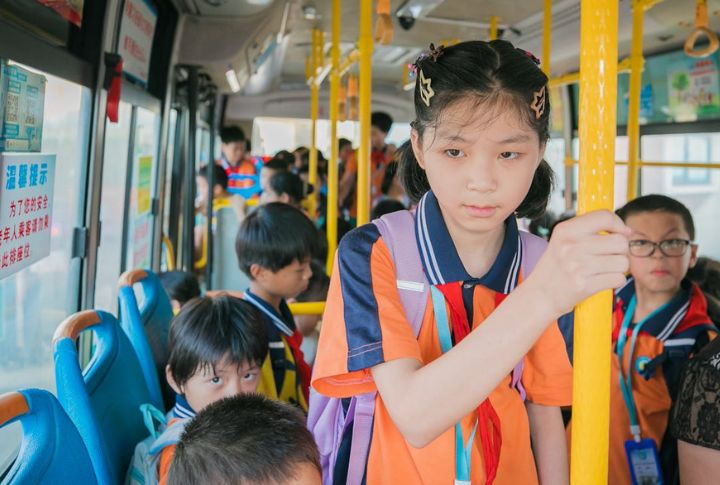
Many children, particularly in urban areas, regularly use public buses and trains without adult accompaniment. Parents trusted their kids to navigate the transit system independently for visiting friends or running errands. This provided an early taste of freedom and navigation skills.
Playing In Construction Sites Or Abandoned Buildings
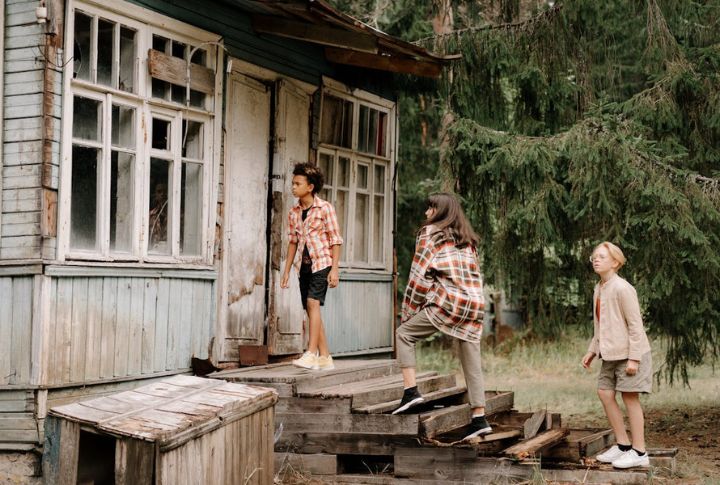
Construction sites and derelict buildings were mostly treated as unrestricted, adventurous playgrounds. Children roamed these hazardous areas freely, using debris to build forts and explore. Parents provided minimal oversight and tolerated the high-risk exploration that modern safety standards strictly forbid.
Using Tools And Fireworks Without Supervision

It was common for children to handle real tools for projects, such as building backyard forts, with little or no supervision. Furthermore, kids frequently used fireworks and sparklers independently during celebrations. Freedom for them meant learning practical skills through hands-on experimentation.
Eating Fast Food Daily Without Concern
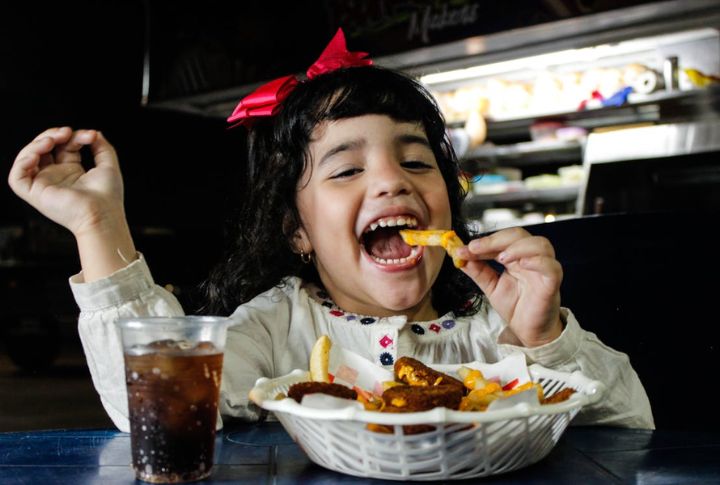
Fast food consumption was a routine part of family life, several times per week. Parents rarely expressed health concerns regarding daily nutritional intake or processed ingredients. The focus was on convenience and the appeal of promotional toys, not the long-term impact on wellness.
Skipping School Without Parental Awareness
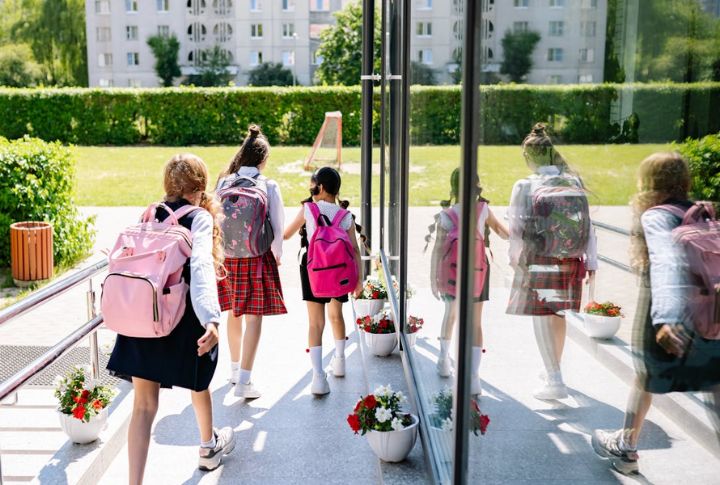
Slow school communication once allowed kids to skip class without getting caught right away. Back then, school attendance tracking systems were surprisingly slow, and children utilized this loophole for unauthorized adventures around town, sometimes for an entire day.
Visiting Friends’ Homes Without Calling First

Children initiated social visits by simply showing up unannounced at a friend’s door to ask if they could play. Social interactions were spontaneous and fluid, not dictated by pre-arranged parental schedules or formal “playdates.” The approach fostered genuine, spur-of-the-moment connections.
Sleepovers Anywhere, Anytime

In the 80s, sleepovers often happened spontaneously, decided late in the evening with a quick phone call home. Parents used to be generally very relaxed about their children staying the night wherever they happened to be playing.
Playing In The Street
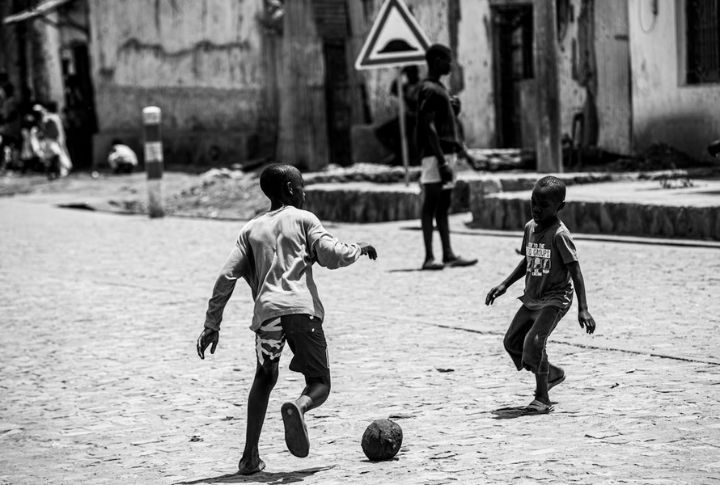
Neighborhood streets functioned as primary playgrounds for stickball, kickball, and chalk games. Children tend to be left unsupervised to manage the risk of traffic themselves, pausing games only when a car approaches. The freedom to claim public roadways for play is practically nonexistent now.
Climbing On Cars Or Fences
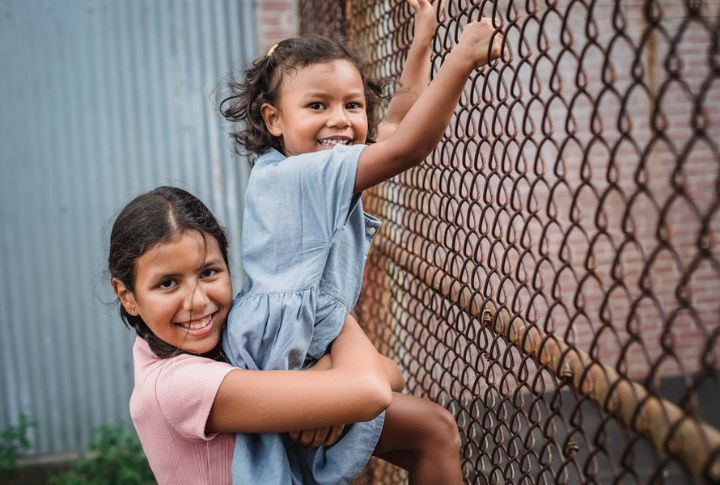
Scaling fences was an expected part of outdoor play and exploration. Furthermore, children sometimes treated parked vehicles as climbing apparatus during their unsupervised games. Parents tend to overlook this minor property infringement, focusing only on preventing any severe physical danger.
Mall Loitering And Unsupervised Hanging Out
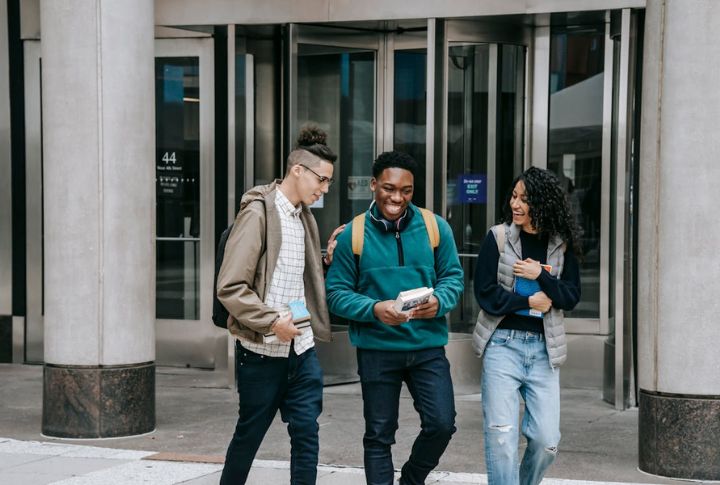
Teenagers routinely spend countless unsupervised hours socializing at local shopping malls. These informal gatherings allowed them to develop social negotiation skills and independent judgment away from adults. The mall basically functioned as a key social hub for younger generations.
Using Payphones And Making Long Calls Alone
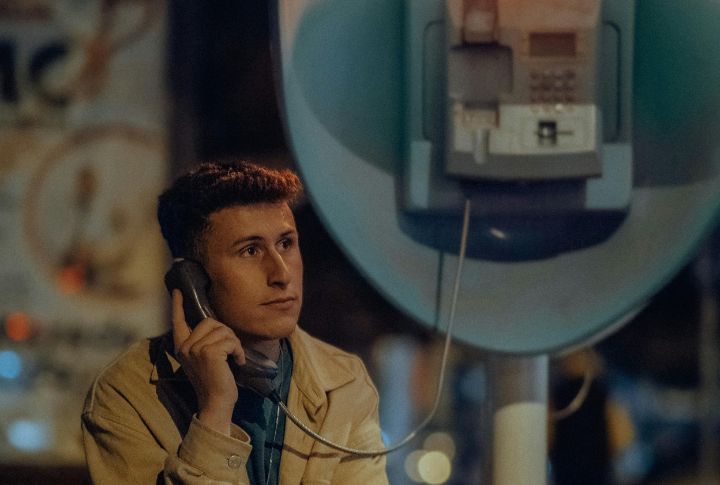
Payphones were essential tools, requiring children to carry change and master public communication skills. Kids usually used them alone to make plans or call home from distant locations. Such practices fostered accountability and public confidence, skills learned without personal mobile devices.
Unregulated Bicycle Repair And Street Mechanics
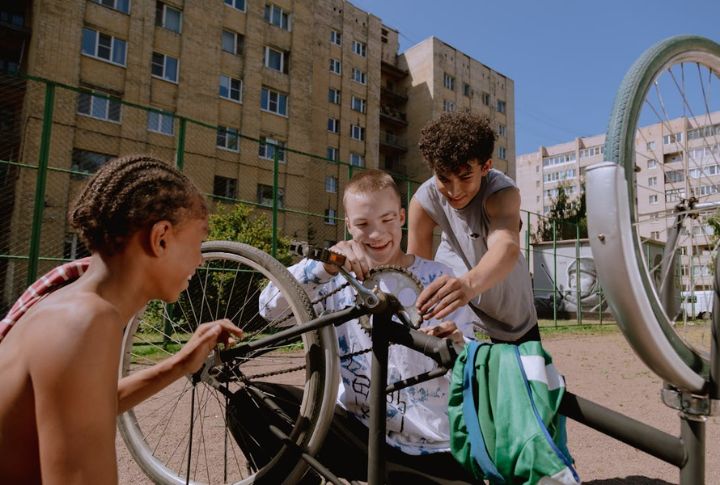
Children regularly performed their own bicycle repairs, from patching inner tubes to adjusting brakes, often using communal tools. This necessity taught hands-on mechanical reasoning, problem-solving, and resourcefulness that were highly valued and self-taught on the street.

